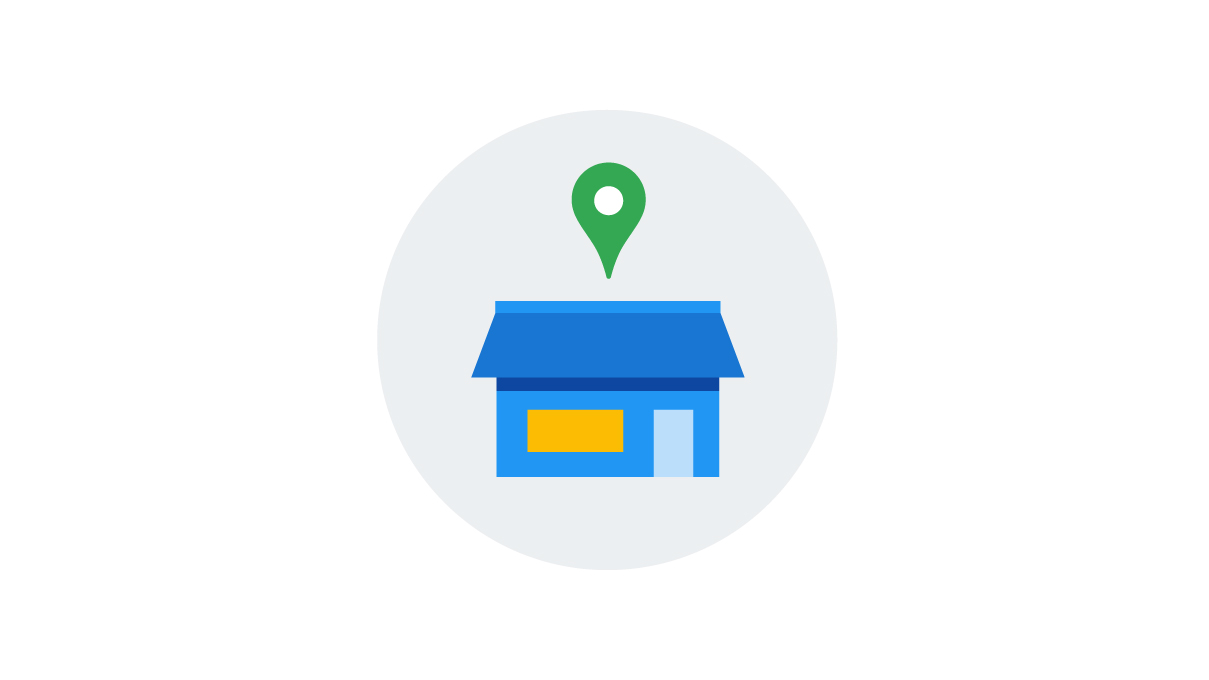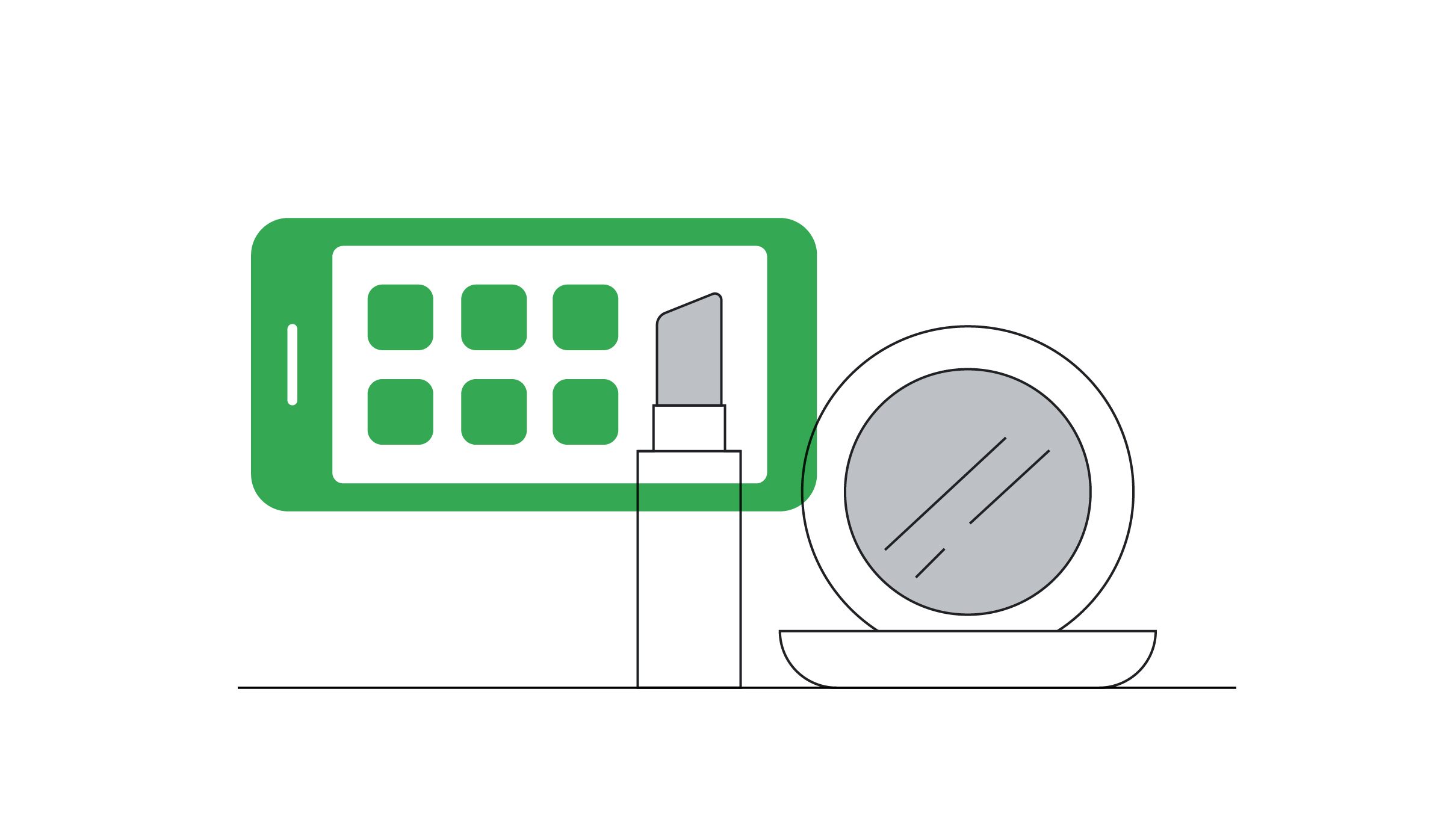The Update: How Google creates human-first mobile experiences
Guests
Published
July 2020Share this page
The Update: How Google creates human-first mobile experiences
Marvin Chow July 2020In this episode of our video series The Update, Natalie Zmuda, global executive editor of Think with Google, talks to Marvin Chow, VP of consumer apps marketing at Google, about how brands can put their customers first and deliver great mobile experiences. They talk about how Google balances data with empathy to deliver relevant, helpful experiences across channels.
For more resources to grow apps and mobile, head to our resource center.
Figuring out where to meet that user need,
when they need it, is really important.
And I think as technology evolves,
it really will start to fade in the background.
People won't think about channels, or touch points,
or which app or which technology we use.
They're just going to want to do what they want to do
at that moment.
In this episode of The Update,
we hear from Marvin Chow,
VP of Consumer Apps Marketing at Google,
about how brands can put their customers first
and deliver great mobile experiences.
What does it mean to deliver a great user experience at Google?
Google was founded as a user-first company.
I mean, you think about our first product was Search.
Back in a time where portals dominated the landscape,
what did Google come with?
A simple white page, with a box in the middle.
You just type whatever you want in it,
whether you want to buy a fridge,
whether you want to book a plane trip.
Or you just want to know what the weather was.
Any way you typed it,
we strove to bring you the answer that you needed.
And I think that's what it really means to deliver that human,
user-first experience.
It's fast, it's simple, and it's relevant to what you did.
And since then,
it's become a part of our DNA
across all our products—whether it's
Gmail, Maps, Photos or the Google Assistant,
and all of it really comes back to those origins of Search
and that mission to organize the world's information
and make it universally accessible and useful for everyone.
How should marketers think about
what it means to deliver a really great mobile experience, specifically?
I mean the impact that mobile has had on culture, society and brands has been tremendous.
But at the same time
brands have to be careful in terms of how they're
working with the mobile ecosystem,
because just like the last 10 years, it's evolving tremendously.
And brands have to be thinking
user-first, not channel-first.
You definitely need a mobile strategy.
But if you start to think about
all the places that you can be connecting
with your consumers
through digital technologies,
you have to be thinking about all of those channels.
Whether it's
the mobile web, whether it's apps, whether it's third-party partners,
whether it's augmented reality apps that are identifying what people see,
or digital voice assistants,
the ability for us to not focus on mobile,
but expand out from there
to connect with consumers
with really relevant and helpful experiences
is the biggest opportunity we have.
So it makes sense that this is a huge opportunity for brands.
But what about consumers?
How do they think about it?
Consumers don't think in “touch points.”
They think in value, they think in outcomes,
they think about,
“Why, I need to book a trip, I need to
fill a prescription for something
or order some new lipstick.”
And they think about,
“I need to do that now.”
And if I'm on the go, that's going to happen on a mobile phone,
or if I’m at work it may happen,
you know at my desktop computer,
or if I'm the new forms
that are coming in my kitchen,
it may happen through a voice digital assistant.
It may happen by
taking a picture of something you want
and using computer vision
to kind of identify that product, and buy it right there.
So everything you're describing that's a really frictionless experience.
I think for a lot of brands,
most of the friction—a lot of friction happens within their own organization.
Can you talk about that challenge a little bit?
Nobody wants to deliver
a bad user experience.
Nobody wants to disappoint a user,
but so often, you know,
it's so clear—we end up with like
homepage carousels with just like an org chart of things that are going by
which everyone gets a say in.
Which is really not best in class.
And I think all of us
need to strive to “How do we get to internal alignment?
How do we get to a point where we are all speaking from the same page?”
And in terms of delivering what the user needs
and how it makes sense for a user.
What are some of the specific hurdles
that you see really standing in the way
of getting rid of all that friction?
I think first is,
senior C-level buy in—whoever you want to call it.
But at the highest levels of the company,
deciding what is the thing that we want to do?
What is the objective?
How do we want to approach it?
Is it a priority?
That's really important at the highest levels
because they set the tone for the company.
The next piece is really about siloed teams,
you know, every company has
whether their functions whether their business units,
they have multiple people
with multiple agendas.
And how those teams communicate with each other,
how they use different data to make decisions,
that kind of needs to be harmonized in some way
so all those teams are not just working together,
but partnering to reach that same goal or same outcome together.
Which leads to kind of the third point, which is inconsistent KPIs.
If you have one group that has one goal,
and another group that has another goal,
and they're at odds with each other the odds of delivering
the best user experience
is really really hard. So,
sub-goals are really important.
Formalizing those north star KPIs of “Where do we ultimately want to go?
What do we ultimately as a company
want to deliver to a user?”
I think is really really important.
Do you have any examples of some of those organizational challenges that you've navigated
at Google, so that
we can deliver a really great user experience?
I think a couple that come to mind in terms of
that went well—I think most recently
Google Maps, which is really one of the most beloved products that we make,
celebrated its 15-year anniversary.
So this February with the 15 year anniversary, we made one of the biggest changes
to Maps that we've made in a number of years—and that is really
thinking about Maps as more than just navigation,
but really thinking about it
in something that we call discovery.
Helping users find
restaurants or things to do
once they get to a location,
and once they're in a neighborhood.
And users have kept telling us that they want this
—they want to know “What do I do when I get there?”
Bringing those insights together, understanding
how to build that new product,
what the right UX would be,
what the right narrative would be, involved a ton of people over a number of years
to kind of make it come together in a moment
where we were really taking a step forward
that was really not incremental—but was really kind of revolutionary
for how we want people to start
thinking about navigating the world around them.
Tell me a little bit about the role that marketing plays there
when it comes to creating that great user experience?
Our job is to champion the consumer,
you know, whatever their needs are, whatever their insights are.
Our job is to bring that,
package it,
share it with other people so that they can do their job better.
At Google, product marketing is this function that sits kind of in the middle.
They help translate user insights and narratives, but they really translate the technology
and the engineering side of the business to how does it come to market
in terms of narrative and storytelling.
And their job is to really make
products and stories relevant to consumers
based on the strategic objectives that we have.
So what do you think marketers can do
to help develop a culture that's really centered
and focused on creating better user experiences?
We love data.
We test everything, you know, it's almost
nauseating how much we test.
I think for Search last year,
we ran over 460,000 experiments
for Search which created about 3,600 improvements.
Which is great if you're a user,
because you want those 3,600 improvements.
Having a culture
of test and iterate we think is really important.
Having a culture where
you can bring data to table and it doesn't necessarily
drive the exact decision,
but it creates a shared data point
for people to make decisions.
And I think that's a really important thing
that Google does.
Having that data creates a common language
around “OK, comparing X over Y, or
before and after.
What role do you think COVID-19 plays,
just in regards to consumer expectations
and the role of marketing?
More than ever it's really important that we understand
what a consumer’s expectations are,
and kind of take our hat off in terms of what's important
for our company, our strategy
and really focus on the user.
When we look back at this time,
I think the brands that fare well
coming out of the pandemic
will have really done three things:
they'll be human, they'll be resourceful
and they'll be in it for the long run.
Now what does that mean?
Being human is about understanding
the people and what they're going through,
and how you can uniquely help them.
Being resourceful—that's about understanding
how things are changing in human behavior,
but also how technology is changing
to meet the needs of those people.
And what does that mean for your brand
and how you shape your user experience moving forward?
And the last thing is about
being in it for the long run.
This pandemic is far from over,
and I think to be successful,
you have to think of what do you uniquely
bring to the table
over the long run?
Because that's where people are really going to value you.
So it's not going to be easy.
But I think if we step up to the challenge,
I think that there's a lot of value
marketers can be adding to how brands and companies think about their strategy,
and how they're going to approach things over the next 6, 12 and 18 months.
Others are viewing
Marketers who view this are also viewing
-
Article
![]() Article
ArticleHow mobile search is driving today’s in-store shopping experience
-
Case Study
![]() Case Study
Case StudyHow Sephora gave its app a customer-first makeover
-
Article
![]() Article
ArticleMobile Site Speed Playbook
-
Perspective
![]() Perspective
PerspectiveFrom confusion to clarity: How brands can help people make confident purchase decisions with Search
-
Case Study
![]() Case Study
Case StudyDigital Makeover: How Sephora Measured Offline Impact of Its Online Ads in S'pore
-
Perspective
![]() Perspective
PerspectiveWhat the pandemic taught us at Google about our own marketing organization
-
Article
![]() Article
Article3 ways APAC app developers are pushing boundaries to drive growth
-
Article
![]() Article
ArticleIn pursuit of profitable growth: How tailored app solutions can change the game








